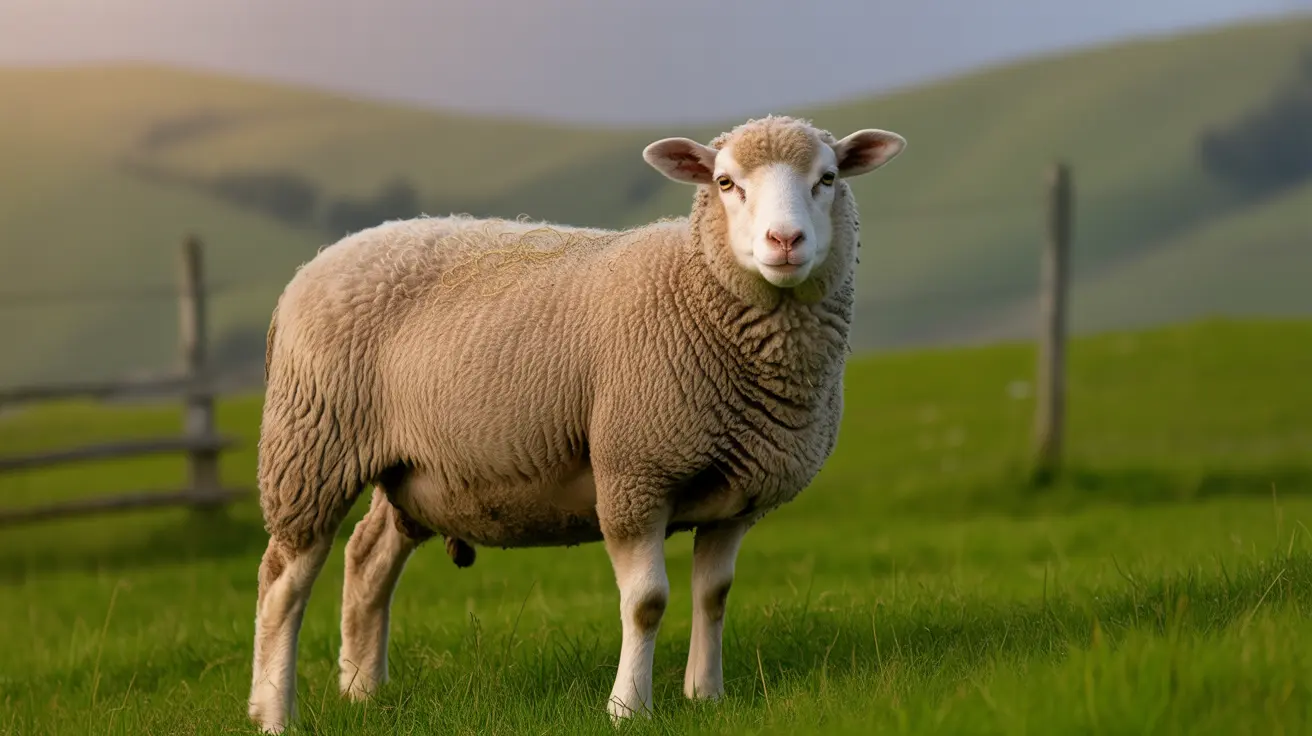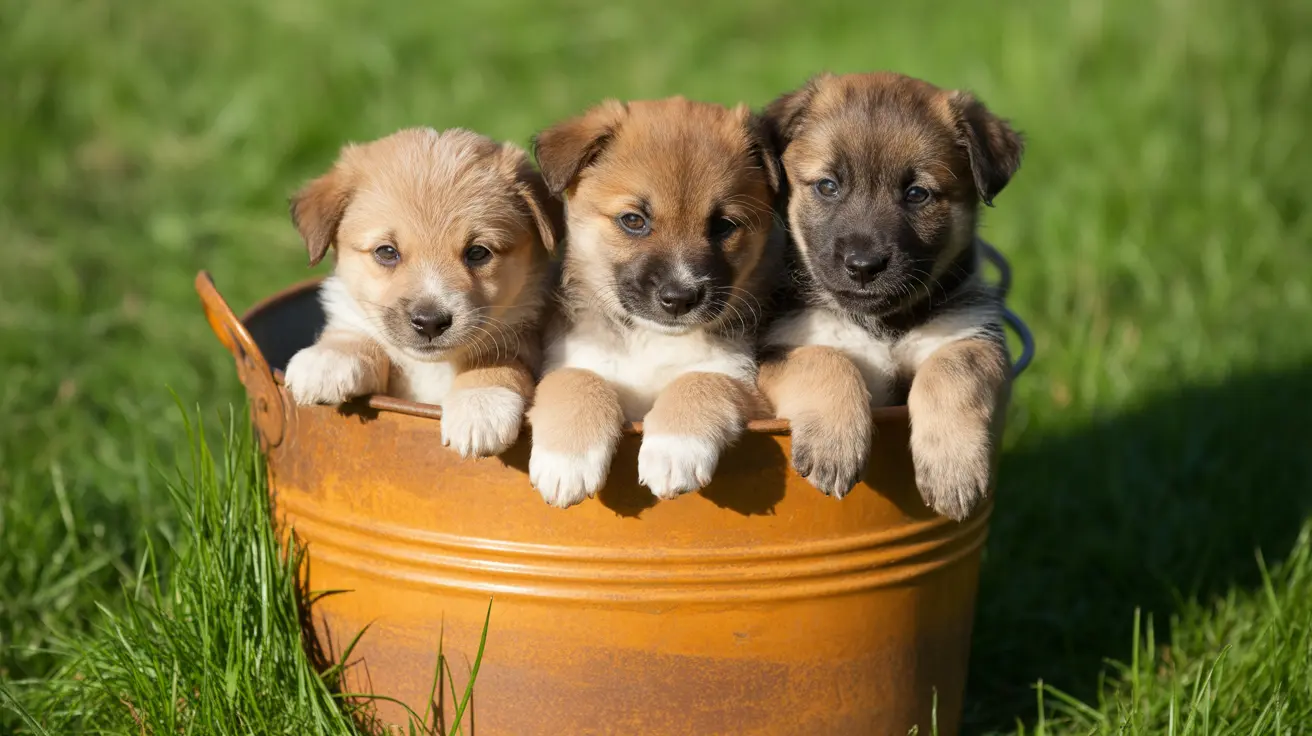Is Fried Rice Safe for Dogs? What Every Dog Owner Should Know
Many dog owners wonder if their furry companions can share a bite of fried rice. While plain, fully cooked rice is generally safe for dogs and even recommended by veterinarians in certain situations, fried rice as prepared for people is a different story. Let's dive into the details of what makes rice safe or unsafe for your pet.
Why Plain Rice Is Safe for Dogs
Plain white or brown rice—cooked with just water and no added flavors—is easy on a dog's digestive system. It's often included in commercial dog foods and homemade diets because it provides quick energy and essential nutrients like magnesium, phosphorus, manganese, selenium, iron, B vitamins, folic acid, thiamin, and niacin. White rice is especially helpful for dogs with upset stomachs or diarrhea because it's bland and easy to digest.
Brown rice, while richer in fiber and nutrients than white rice, can be harder for some dogs to digest. For cases of diarrhea or sensitive stomachs, white rice is usually preferred.
The Dangers of Fried Rice Ingredients
The problem with most restaurant or takeout fried rice lies in the extras: oils, seasonings, and certain vegetables that are toxic to dogs. Here's what you typically find in fried rice that makes it unsafe:
- Garlic and onions: Both are highly toxic to dogs and can damage red blood cells.
- Soy sauce and salty seasonings: High sodium content can cause dehydration, high blood pressure, kidney strain, or even salt toxicity.
- Oils and fats: Excess oil may lead to digestive upset or pancreatitis.
- Sauces (oyster sauce/other condiments): Often contain hidden sugars, salts, or spices that aren't safe for pets.
If your dog eats a small amount of fried rice by accident (without garlic/onion), they're unlikely to be harmed immediately. However, larger amounts or frequent feeding can cause serious health issues. Always watch for symptoms like vomiting, diarrhea, excessive thirst, lethargy, weakness, or collapse—and contact your vet if these appear after ingestion.
A Dog-Safe Alternative: Homemade Fried Rice
You don't have to deprive your dog of tasty treats! You can prepare a simple version of 'fried' rice at home using only ingredients safe for dogs:
- Cook plain white or brown rice (no salt/butter).
- Sauté lean ground meats like turkey (no seasoning).
- Add plain scrambled eggs (optional).
- Toss in dog-safe veggies such as carrots, peas, or green beans (skip onions/garlic).
- Mix together and let cool before serving a small portion.
This homemade meal should still only be an occasional treat—rice shouldn't make up more than about 10% of your dog's daily calories. For reference:
- Extra-small dogs (2–20 lbs): 1–2 tablespoons
- Small dogs (21–30 lbs): 2–3 tablespoons
- Medium dogs (31–50 lbs): 1/4 cup
- Large dogs (51–90 lbs): 1/3 cup
- Extra-large dogs (91+ lbs): 1/2 cup
Nutritional Considerations & Special Cases
If you're feeding your dog rice as part of a bland diet (for example after vomiting or diarrhea), veterinarians often recommend mixing plain white rice with boiled chicken or turkey in a ratio of two parts rice to one part protein. This combination helps soothe the stomach while providing energy and some necessary nutrients.
Bare rice alone isn't enough for long-term nutrition—it lacks essential proteins and fats required by dogs. If you want to use homemade meals regularly rather than commercial food, consult your vet or a certified pet nutritionist to ensure all nutritional needs are met.
Cautions With Egg Fried Rice & Other Variations
You might think egg fried rice could be safer since eggs are good protein sources—but most recipes still include oil and seasonings that aren't suitable for pets. If you'd like to add eggs to your dog's meal, scramble them plain without any added salt or fat before mixing into their food.
The Bottom Line: Keep It Simple & Safe
Your best bet is always to stick with plain foods when sharing human meals with your dog. Avoid anything with added flavorings—especially garlic/onions—and keep portions small. If you're ever unsure whether an ingredient is safe for your pet's bowl, ask your veterinarian first.





